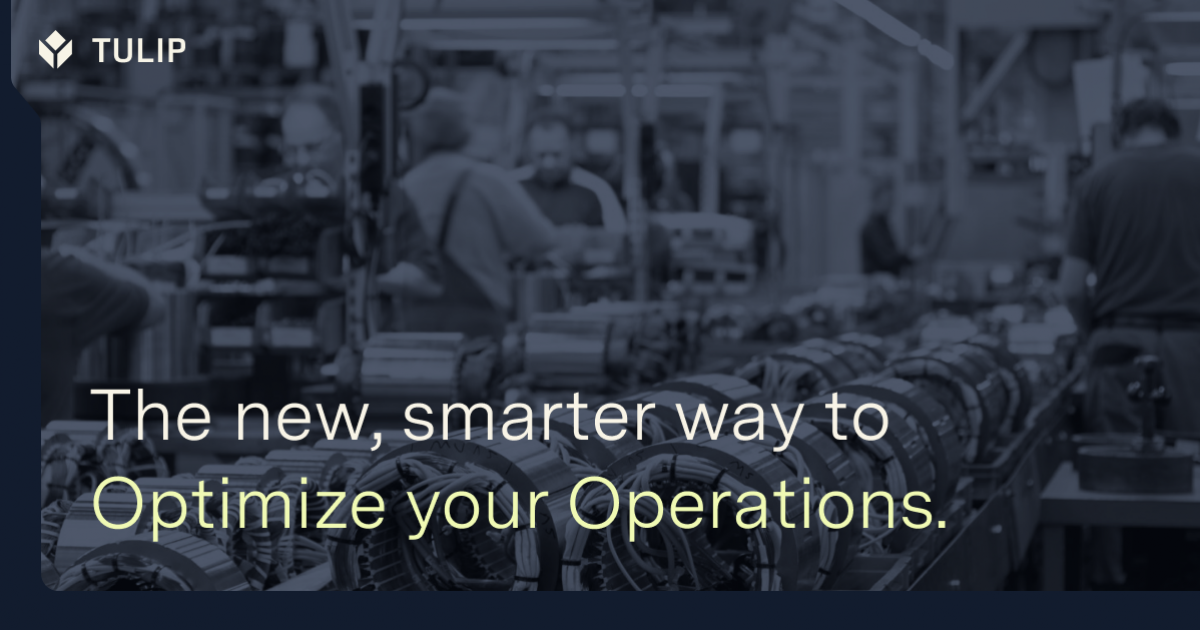
Augmented Reality – The Impacts of AR for Manufacturers | Tulip
Embracing augmented reality offers plenty of benefits for manufacturing businesses that apply the technology properly. Some of the notable benefits of implementing this interactive technology include:
Optimized product development: Conventional product development utilizes two-dimensional paper images and computer-assisted designs. These formats are ideal for creating schematics detailing the specifications required for the final product. However, these formats don’t usually provide a visually accurate 3D representation of the product.
Augmented reality gives manufacturers the ability to project 3D images through wearables, enabling product designers and key stakeholders to see what the final product will look like when it rolls off the production line.
Lower operation costs: All the benefits discussed above can be distilled down to one significant advantage – lower production and operating costs. Optimized product development, streamlined assembly processes, and easier troubleshooting ultimately reduce the amount of waste caused by these respective departments.
Uses for AR in a manufacturing environment
With the benefits discussed above, it makes business sense to incorporate interactive technology into the manufacturing process.
Here’s how businesses can apply augmented reality in their manufacturing processes:
1. Guided operator workflows: As discussed, many products require complex assembly procedures. Reading paper-based SOPs and work instructions can needlessly complicated operator workflows, lengthening the assembly process, reducing productivity, and resulting in product quality defects.
By tapping into the power of augmented reality, operators can easily see where each part is supposed to go. Additionally, AR-enabled wearables can go into more detail, displaying identification codes for each piece, ensuring that it’s part of the kit being assembled.
2. Employee training: In industrial environments, employee training can be challenging because of the complexity of the work and the safety concerns posed by some potentially dangerous processes. As such, training new employees might offer safety challenges associated with particular tasks.
But with AR-enables training programs, employees can safely attempt different tasks without exposing themselves to hazardous situations before they’re ready. Additionally, augmented reality provides a more interactive learning experience, enabling new and existing employees to take on and retain information more easily.
3. Maintenance and repair: Wearables equipped with augmented reality allow operators to assess equipment status and effectiveness at a glance. For instance, looking at the machine through AR-enabled glasses shows machine operational status and parameters like temperature.
Additionally, wearables can display or superimpose instructions that guide a technician through machine maintenance and repair, streamlining maintenance management for manufacturers.
4. Changeover and setup procedures: AR mobile screens or wearables can be used by businesses modifying the space in their facilities or completing regular changeovers.
Using augmented reality allows the decision-makers to optimize equipment placement to ensure optimal space utilization. Consequently, the new environment can improve workflow, productivity, and production efficiency.
Additionally, changeovers become a significantly more efficient task with intuitive, guided instructions on what needs to be done to prepare for the next production run.
As outlined in this post, there are a number of reasons why manufacturers should consider implementing augmented reality within their operations. As businesses continue to identify relevant use cases to help streamline their various business processes, and as more investment is made into AR technology, augmented reality will soon become commonplace in many of the leading manufacturing facilities across the globe.
This content was originally published here.


